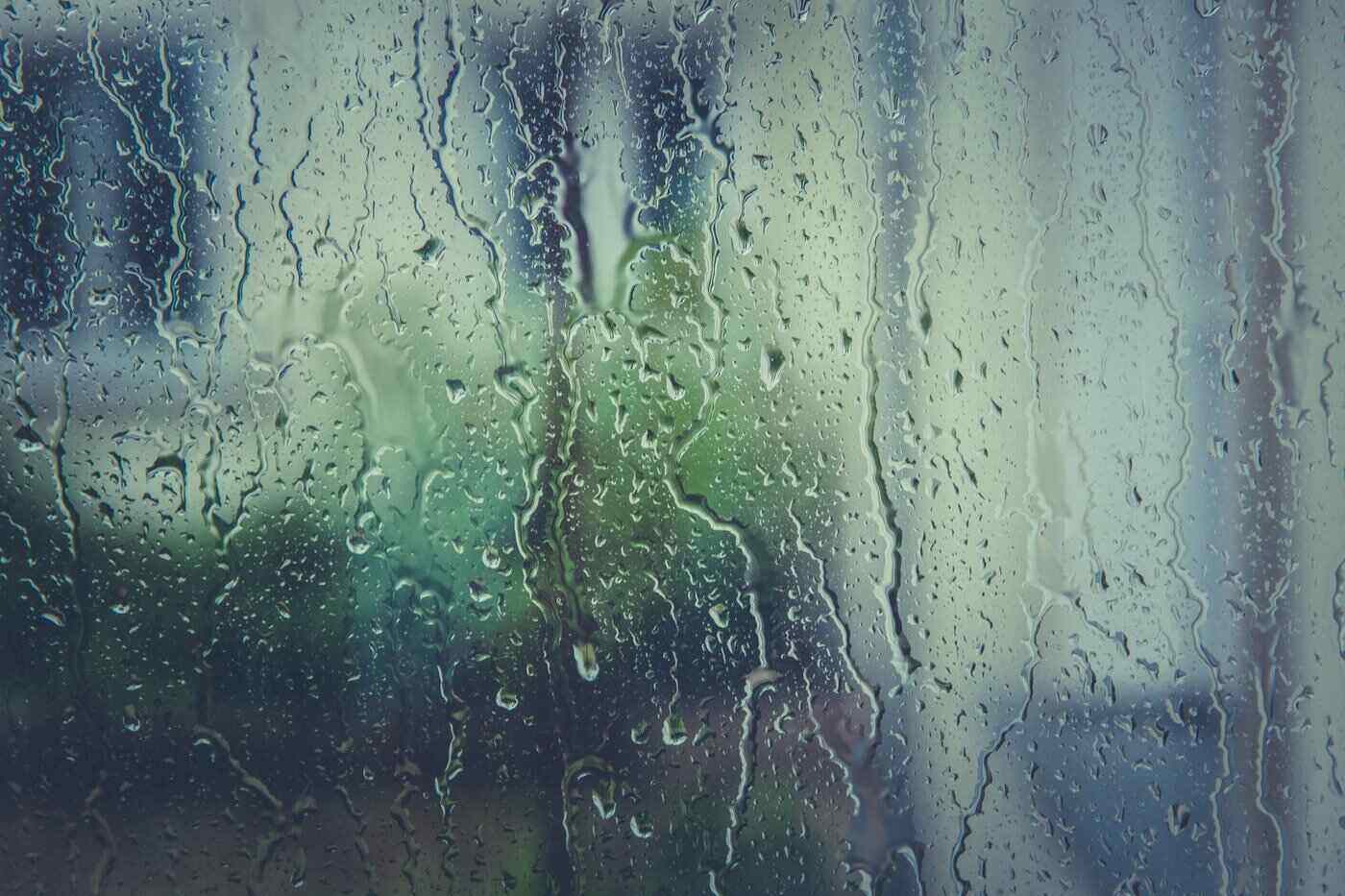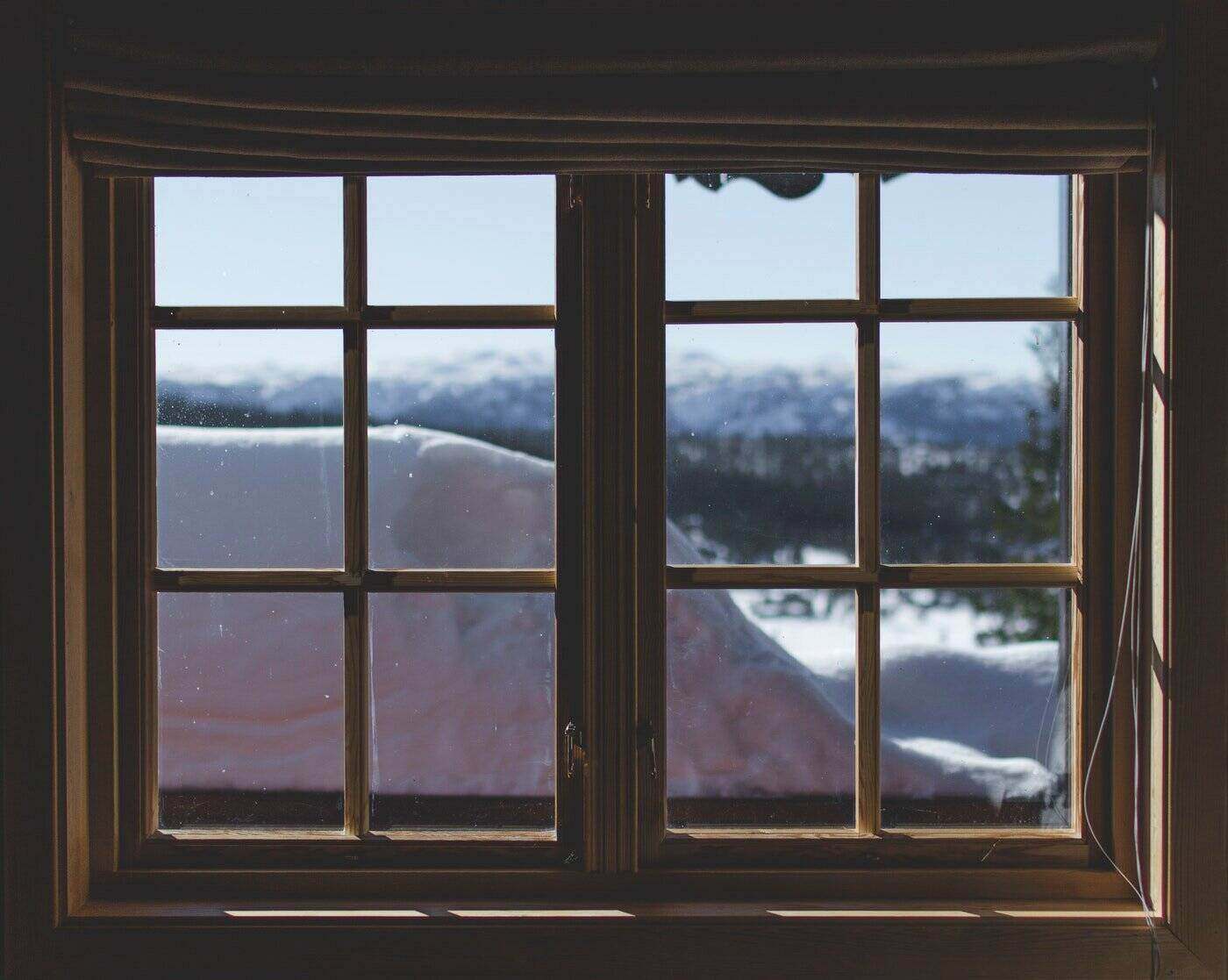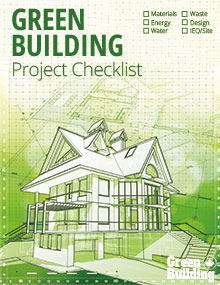If you live in Canada, you know how brutal the long winters can be, and you also understand the humidity that summer brings. Whether you’re looking to update your existing home or contracting a new build, it’s time to consider windows. Double-pane windows are a minimum requirement for Canada, but now that triple-pane windows have become commonplace, you might be wondering if they’re worth the investment?
The Benefits of Triple-Pane Windows
Triple-pane windows have three layers of glass with an air gap between each layer that’s filled with gas (usually argon). The additional layers of glass and gas increase both the energy efficiency and soundproofing of the window. Less heat is lost to the outside in the winter and less heat enters the home from the outside in the summer, reducing both heating and cooling costs.
Energy Efficiency
On average, triple-pane windows are about 20 to 40 percent more energy efficient than double-pane windows. If you live anywhere the climate is harsh, you recognize that even 20 percent more energy efficiency in your windows can add up quickly.
For maximum efficiency, you want a window that offers a high level of insulation. The metric most commonly used to assess insulation in windows is the U-value. The main thing to know is that the lower the U-value, the less heat loss. A good U-value is below 1.40. Anything lower than 0.30 is considered highly energy efficient. For a detailed understanding of U-values refer to the video below. Triple-glazed windows have a really great U-value, typically coming in at under 1.0.
Soundproofing
Triple pane windows offer the best soundproofing, particularly if you purchase noise reduction glass and insulated window frames.
Compared to single-pane windows, triple pane significantly reduces noise transmission from the outside – about 30 to 50 percent less. If switching from double pane, the difference will be negligible, however.
Reduced Condensation
Triple-pane windows will be less likely to fog up than single- or double-pane windows thanks to their greater thermal efficiency. The multiple layers of glass and insulating air spaces reduce temperature variations on the glass surface, minimizing both moisture buildup and mould growth.
Durability and Security
Triple pane windows are thicker and heavier than single or double-pane windows. That added mass translates to a more durable window that generally holds up better and lasts longer.
Since triple pane windows have three panes, they are less likely to break than single or double pane windows. Even if one of the panes happens to break, they can still perform with one or two panes intact. That added durability also means the window is more secure as it’s harder for an intruder to break into your home.
Increased Property Value
Upgrading to triple-pane windows can increase the value and marketability of a home. Many potential home buyers would pay more for a home that has energy-efficient features like triple pane windows, contributing to a higher resale value and faster sale of the property.
Lower Greenhouse Gas Emissions
Increased insulation equals less energy usage, which results in lower greenhouse gas emissions. As previously mentioned, triple-pane windows offer 20 to 40 percent greater energy efficiency that double-pane windows. That’s a lot less GHGs we’re putting into the environment. And if you’re using an inefficient furnace while burning a highly polluting fuel, the environmental impact is even greater.
What Are Low-E Coatings?

Low-E coatings are thin, almost invisible layers of metallic oxide applied to the surface of the glass that minimize the amount of infrared light and ultraviolet light passing through the glass, improving the energy efficiency of the window.
In the winter, low-e coatings reduce heat loss through the window by reflecting radiant heat back into the room, keeping you feeling warmer and leading to lower heating costs.
In the summer, low-e coatings do the opposite. They reflect some of the sun’s infrared radiation back outside, keeping the building cooler and demanding less need for air conditioning.
By reducing heat loss and solar heat gain, low-e coatings also maintain more consistent indoor temperatures, reducing drafts and hot spots near windows, which create improved comfort for occupants and a more pleasant indoor environment.
Low-e coatings also reduce ultraviolet (UV) rays from entering the building. UV radiation can fade interior furnishings over time, so with low-e coatings you can rest assured that your comfy couch will be more protected from sun damage and will last longer than windows that don’t have similar coatings.
Though low-e coatings are barely perceptible they are not entirely clear. Some coatings are more visible than others. Refer to the specific window manufacturer’s Visible Light Transmittance (VLT) to get an idea of how clear the window will be. Also know that since triple-pane windows add an extra pane or two, that cuts down slightly further on the VLT of the window.
Many quality windows sold today have low-E coatings. The price difference is only about 10 to 15 percent more than standard windows, but low-E coated glass can save from 10 to 30 percent on heating and cooling costs.
For a more detailed treatment of this topic read The Pros and Cons of Low-E Glass.
Are Triple-Pane Windows Worth the Extra Costs?
Doing a cost-benefit analysis of energy-efficiency upgrades such as triple-pane windows requires taking a number of factors into account besides just the cost of the windows. You have to consider the climate where you live, the cost of energy (and how much that will increase over time), the durability and lifespan of the windows, maintenance costs, the increase in resale value of your home, and any government incentives available. So it’s a hard question to give a quick answer to.
In general, triple-glazed windows cost about 10 to 20 percent more than double-glazed windows, and in areas with more temperate climates, it can take many years before the energy savings can cost-justify the windows. However, in Canada, with a much harsher climate than most countries, the savings are seen much faster.
If you have a high glazing to wall ratio, it becomes more important to have thermally efficient windows like triple pane. As well, north-facing windows are more prone to heat loss, so if you have limited budget, start there.
But the most important decisions of them all are not necessarily economic. Space heating is the single biggest energy end-use in Canada and the country’s second-largest contributor to GHG emissions. If we want to cut down on greenhouse gas emissions, that 20 to 40 percent insulation boost that triple-glazed gives is no small difference to the amount of energy consumed.
Environmental concerns aside, living in a home with triple-pane windows is more comfortable, quieter, and secure. If those are things you value, then that could be reason enough to make the upgrade.
Drawbacks of Triple-Pane Windows
So, with all the benefits of triple-pane windows, there have to be some drawbacks right? Yes indeed, but not many. Aside from their increased cost, know that triple pane windows are heavier, which makes them harder to install. They may also require stronger window frames and supporting walls – it’s something good to check.
Just as with double-glazed, the seal on triple-glazed can also fail, leading to condensation buildup or fogging.
As previously mentioned, the increase in number of panes means the amount of light passing through the window is slightly less. Since triple-pane windows often have low-e coatings, that further reduces the amount of light, making them slightly less clear.
Factors to Consider
You can fork out for the most expensive triple-pane windows with low-e coatings, yet if they aren’t installed properly you can still end up with a drafty home with moisture problems.
When purchasing windows, consider not just the glass itself, but the frame. The frame makes a big difference in the amount of energy efficiency of the overall window. There are two factors to consider: the material the frame is made of and whether it’s insulated or not.
Be aware of the rating system the window manufacturer uses. Do they just specify the U-factor in the middle of the window or do they take the full window into account?
Now that triple-pane windows are more common, you can find the same styles and designs of double-pane windows, so there’s no worry that your desire for energy efficiency will limit your design choices. Traditional single and double-hung windows, bay windows, casement windows, or any other style you prefer are available in triple-pane glass. Triple-pane windows allow you to create the look you desire with the energy savings you need for your home in Canada.
Feature image: Sindre Strøm; Image 1: Markus Spiske


